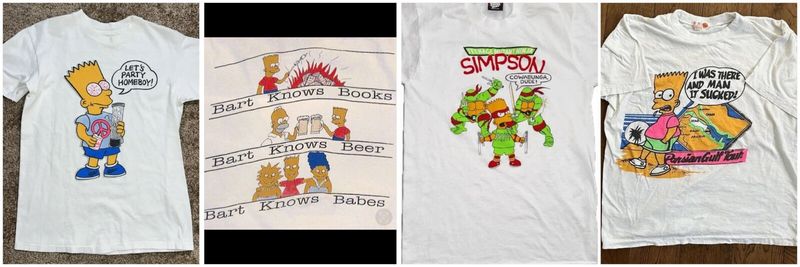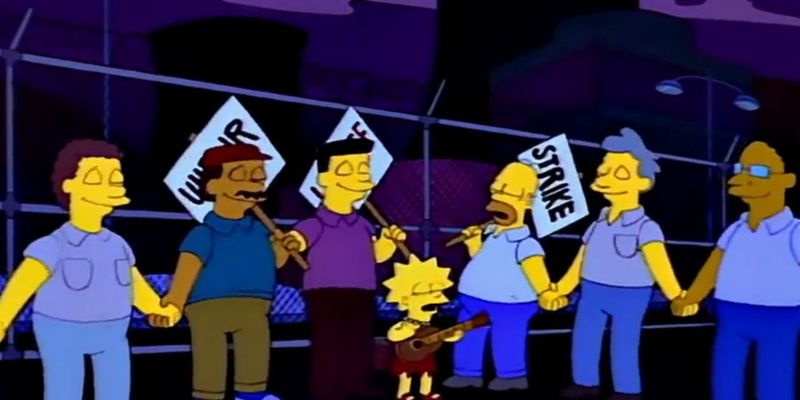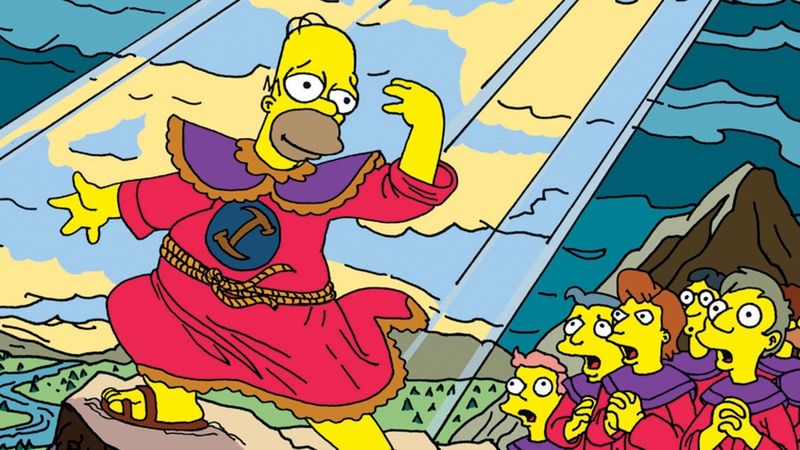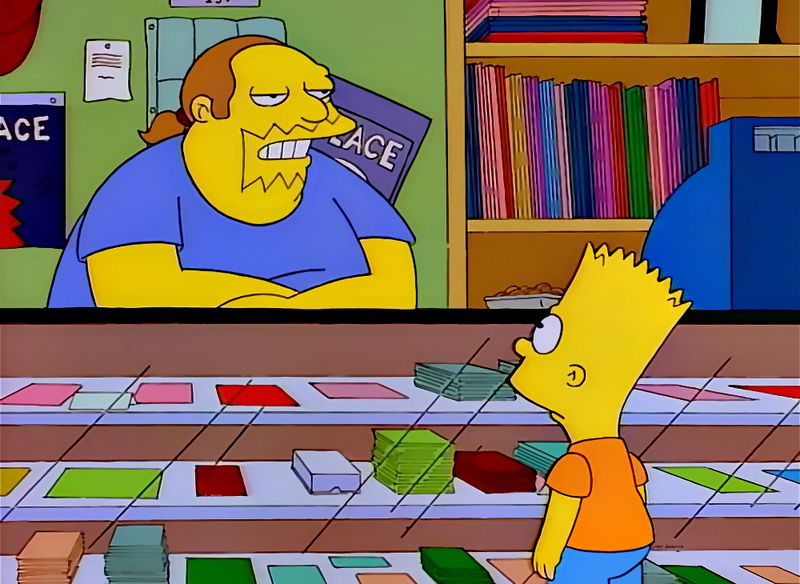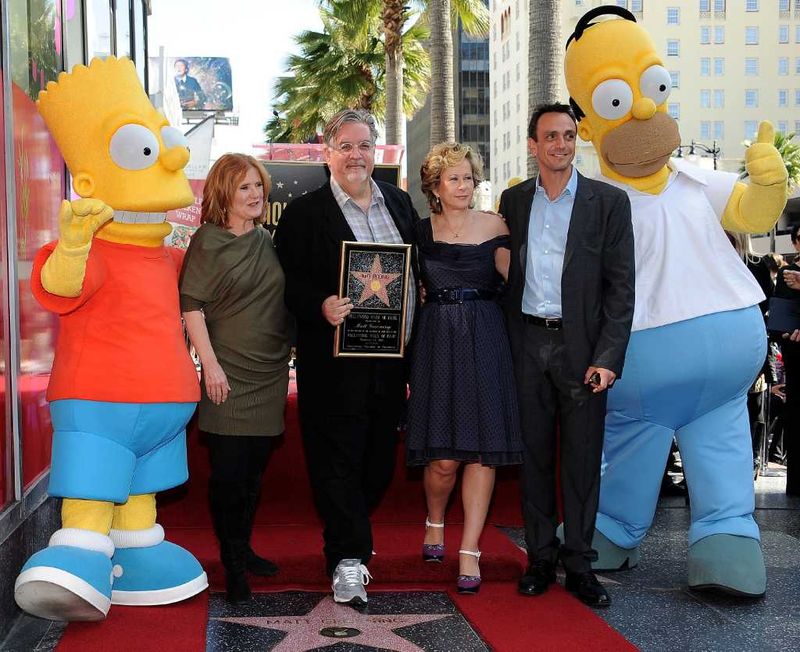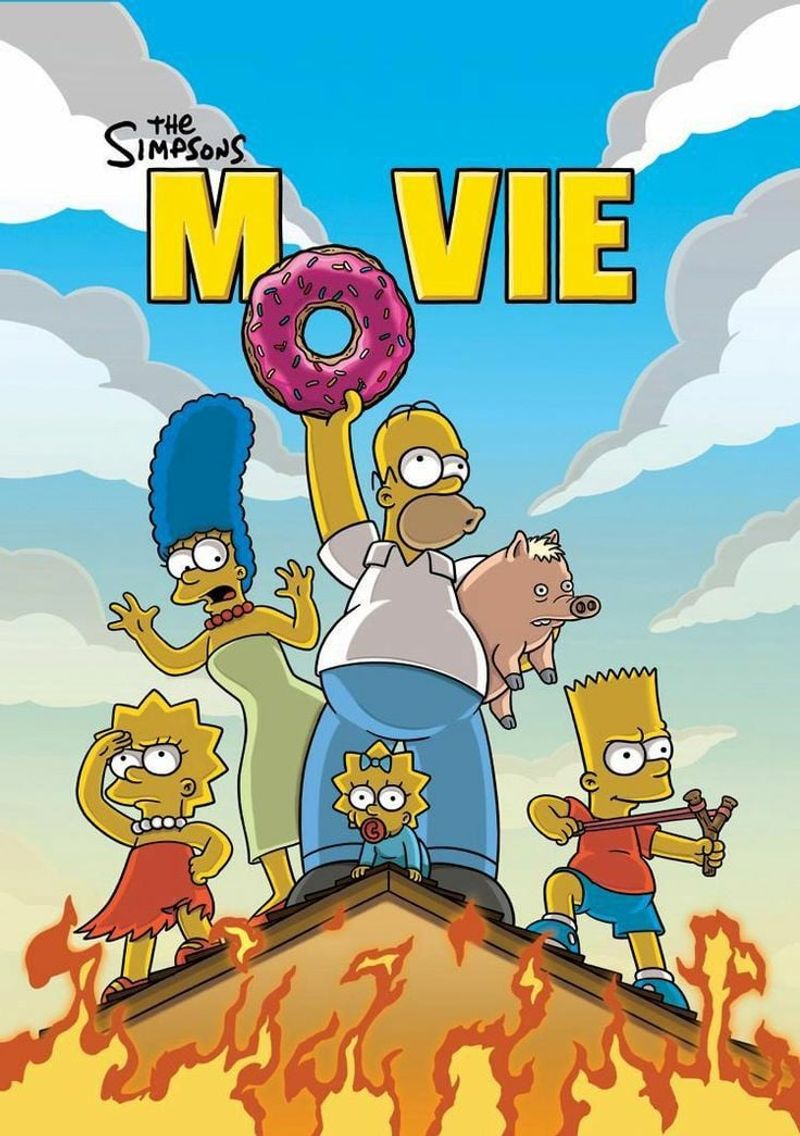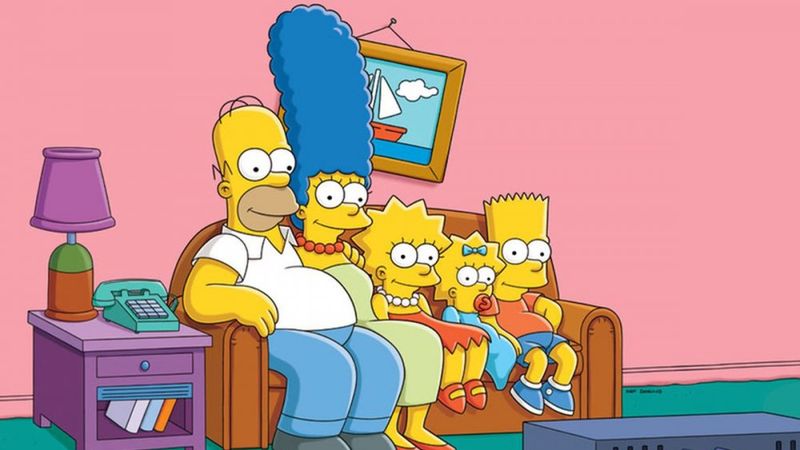The Simpsons has transformed television since its humble beginnings in the late 1980s. This groundbreaking animated series has broken records, influenced popular culture, and created countless memorable moments across its remarkable run. From short sketches to global phenomenon, here’s a look at ten historic milestones that shaped the yellow-skinned family we all know and love.
1. Origins on The Tracey Ullman Show (April 19, 1987)
Before conquering prime time, the Simpson family made their first appearance as crude 30-second shorts on The Tracey Ullman Show. Creator Matt Groening hastily sketched the characters in the lobby while waiting to pitch his comic strip “Life in Hell.”
These primitive animations featured rougher drawings and raspier voices than we recognize today. Despite their simplicity, viewers connected with this dysfunctional family’s authentic struggles and humor.
Just 48 shorts later, these bumper segments had gained enough popularity for network executives to gamble on something unprecedented: a prime-time animated series centered around this peculiar family.
2. “Simpsons Roasting on an Open Fire” Premiere (December 17, 1989)
Christmas came early for television when the first full-length Simpsons episode debuted as a holiday special. Necessity drove this unconventional premiere—production delays had pushed back the intended pilot, forcing this seasonal episode into the spotlight instead.
The plot centered on Homer’s desperate attempts to save Christmas after losing his bonus. His journey included betting on a racing greyhound named Santa’s Little Helper, who ultimately became the family’s beloved pet.
Viewers immediately embraced the show’s heartfelt storytelling wrapped in satirical humor. An impressive 13.4 million households tuned in, signaling the birth of a phenomenon.
3. Bartmania Sweeps the Nation (1990)
“Don’t have a cow, man!” became America’s catchphrase as Bart Simpson merchandise flew off shelves at unprecedented rates. T-shirts featuring the spiky-haired troublemaker’s rebellious slogans sold over a million units daily, prompting concerned school principals nationwide to ban the shirts for promoting defiance.
Bart’s popularity skyrocketed beyond mere merchandise. He appeared on magazine covers, including an unprecedented spot on Time magazine’s cover with the headline “America’s Best Families.”
This cultural phenomenon, dubbed “Bartmania,” represented one of the first instances of an animated character transcending television to become a genuine pop culture icon and marketing juggernaut.
4. Fox’s First Top-30 Hit (1990-91)
Yellow fever gripped America as The Simpsons catapulted the fledgling Fox network into television’s major leagues. The show’s second season averaged a staggering 15.5 million viewers per episode, landing Fox its first-ever series in Nielsen’s prestigious top 30 rankings.
Network executives, who had gambled on this animated oddity, watched in amazement as it outperformed established hits across competing channels. The Simpsons didn’t just succeed—it revolutionized Fox’s entire business model.
This watershed moment transformed Fox from an experimental upstart into a legitimate fourth network alongside NBC, CBS, and ABC. Without Homer’s bumbling antics, shows like The X-Files and Empire might never have found a home.
5. “Last Exit to Springfield” Cements Critical Acclaim (March 11, 1993)
“Dental plan! Lisa needs braces!” echoed from television sets as season four delivered what many consider the series’ pinnacle episode. This masterpiece combined sharp social commentary about union struggles with countless quotable moments, including Homer’s hilariously confused leadership of the power plant strike.
Critics and fans alike recognized something special had happened. The episode seamlessly blended political satire with emotional depth, showcasing how animation could deliver sophisticated storytelling.
Entertainment Weekly later ranked it the best episode ever, while The Guardian called it “the show’s finest half-hour.” This watershed moment proved The Simpsons wasn’t just funny—it was legitimately brilliant television worthy of serious critical analysis.
6. Stonecutters Secret Society Debuts (January 8, 1995)
“We do! We do!” sang the mysterious Stonecutters in the instant classic episode “Homer the Great.” This fan-favorite introduced viewers to Springfield’s ancient secret society with its elaborate initiation rituals and absurd privileges for members.
Patrick Stewart’s majestic guest voice performance as Number One elevated the episode to legendary status. His Shakespearean delivery of ridiculous lines about the “Sacred Parchment” created perfect comedic contrast.
The episode brilliantly satirized exclusive clubs and human desire for belonging. Its enduring popularity spawned merchandise, themed parties, and countless fan tributes. The Stonecutters’ anthem remains one of the show’s most beloved musical numbers, instantly recognizable to fans worldwide.
7. Breaking The Flintstones’ Longevity Record (February 9, 1997)
Meta-humor reached new heights when The Simpsons acknowledged its own historic achievement through the episode “The Itchy & Scratchy & Poochie Show.” This 167th episode officially surpassed The Flintstones as America’s longest-running animated prime-time series.
The show celebrated with characteristic self-awareness by satirizing network interference and desperate attempts to revitalize aging shows. Comic Book Guy’s infamous line “Worst. Episode. Ever.” debuted here, perfectly capturing internet criticism culture before it became mainstream.
This milestone marked The Simpsons’ transition from cultural phenomenon to television institution. What began as an experimental gamble had outlasted the previous animation champion and showed no signs of slowing down.
8. Hollywood Walk of Fame Star (2000)
Springfield’s favorite family cemented their place in entertainment history when they received a star on the Hollywood Walk of Fame in 2000. Unlike typical honorees, all five Simpson family members—Homer, Marge, Bart, Lisa, and Maggie—shared the prestigious sidewalk recognition.
Crowds gathered as creator Matt Groening and voice actors unveiled the star at 7021 Hollywood Boulevard. The ceremony featured yellow-dyed cement instead of the traditional pink terrazzo, honoring the characters’ iconic skin tone.
This rare honor for fictional characters placed The Simpsons alongside Mickey Mouse and Bugs Bunny as cultural icons transcending their medium. The star remains a popular tourist photo spot, visited by thousands of fans annually.
9. The Simpsons Movie Conquers Theaters (July 27, 2007)
“Spider-Pig, Spider-Pig, does whatever a Spider-Pig does!” After 18 television seasons, The Simpsons finally made the leap to the silver screen with a theatrical release that exceeded all expectations.
Production took nearly four years as the team developed a story worthy of the big-screen treatment. Their efforts paid off spectacularly—the film grossed over $536 million worldwide, becoming the second-highest-earning traditionally animated film ever at that time.
Critics praised how the movie maintained the show’s satirical edge while delivering cinematic scope. The environmental plot featuring a giant dome over Springfield introduced memorable elements like the Spider-Pig song and Homer’s infamous “middle finger” to the EPA, proving The Simpsons could succeed in any format.
10. Surpassing Gunsmoke as Longest-Running Scripted Show (2009)
Television history was rewritten when The Simpsons dethroned the seemingly untouchable Gunsmoke as America’s longest-running scripted series. The animated family celebrated their 400th episode during a milestone 20th season, officially surpassing the western drama’s 635-episode record.
Fox commemorated the achievement with a special “Best. 20 Years. Ever.” campaign. The celebration included limited-edition merchandise, retrospective specials, and the U.S. Postal Service issuing commemorative stamps featuring the five family members.
The milestone proved especially remarkable considering animated shows were once considered novelties in prime time. The Simpsons had not only survived but thrived, evolving from controversial newcomer to beloved institution spanning multiple generations of viewers.



